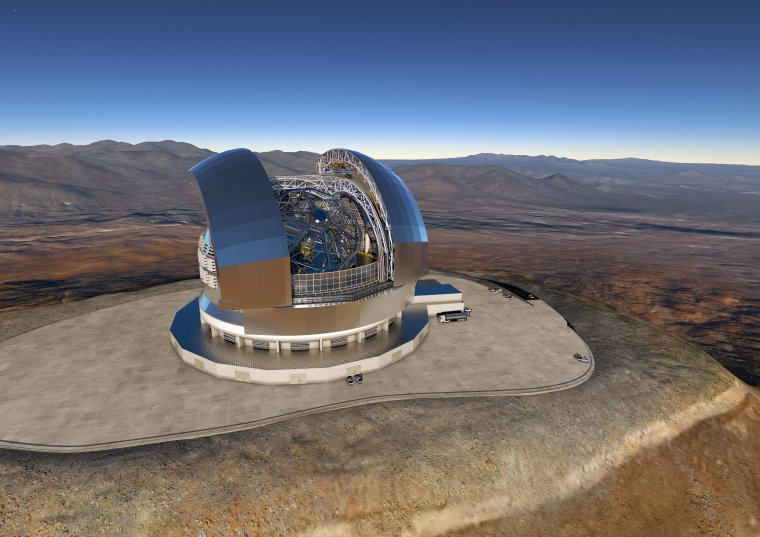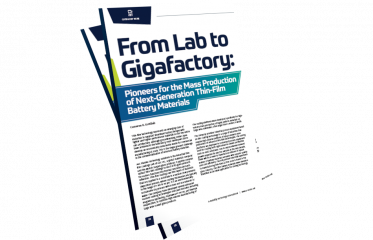AGC supplies the coater for mirrors of the world’s largest telescope
AGC Plasma Technology Solutions has been awarded a contract by the European Southern Observatory (ESO) to supply the magnetron sputtering coating2 plant aimed at producing the mirror for the world’s largest optical telescope, the Extremely Large Telescope (ELT).
This telescope manufactured by ESO will be installed at Cerro Armazones (3,046 m) in the Atacama desert (Chilean Andes). It will be equipped with a gigantic 39-meter primary mirror consisting of 798 segments, each 1.4 m wide and 50 mm thick, to collect the light from the cosmos and allow astronomers discover unexplored galaxies, study exoplanets and investigate other objects and phenomena across the universe.
The plant will perform the initial coating and subsequent re-coating with a protected silver layer stack on the mirror segments. These coating operations are required by the harsh climate conditions such as sandstorms that are liable to affect the silver layers of the primary mirror. AGC will do the design, manufacture, on-site assembly and commissioning of the mirror segment coating plant at the ELT Technical Facility located at Paranal Observatory in Chile. Patrick Van Bortel, New Business manager of the Building & Industrial Glass Company of AGC Glass Europe, concludes: “The selection of the proposed coater solution comes in recognition of our expertise and knowhow in building custom-designed plasma coating equipment by our teams in Gosselies, Belgium and Lauenförde, Germany.
ESO, the European Southern Observatory
It is the foremost intergovernmental astronomy organisation in Europe and the world's most productive astronomical observatory. ESO provides state-of-the-art research facilities to astronomers and is supported by Austria, Belgium, Brazil, the Czech Republic, Denmark, Finland, France, Germany, Italy, the Netherlands, Poland, Portugal, Spain, Sweden, Switzerland and the United Kingdom, along with the host state of Chile. ESO's main mission, laid down in the 1962 Convention, is to provide state-of-the-art research facilities to astronomers and astrophysicists, allowing them to conduct front-line science in the best conditions. ESO employs around 700 staff members. More info on www.eso.org.




